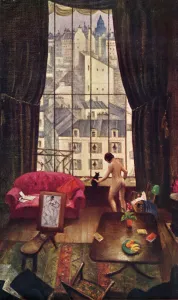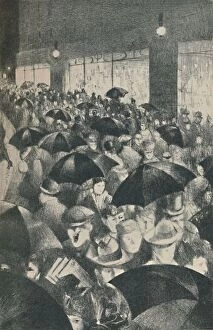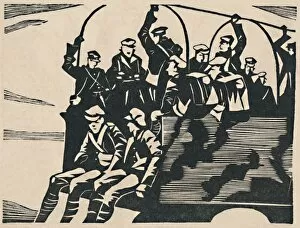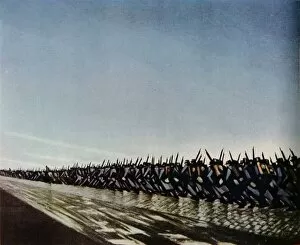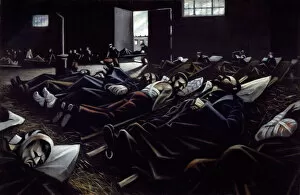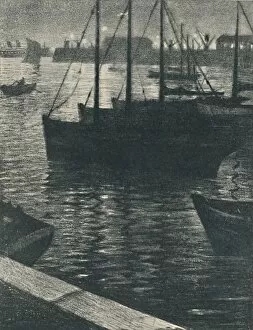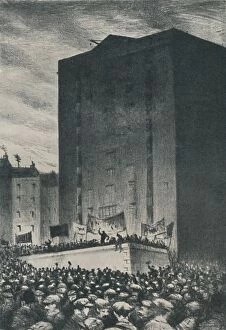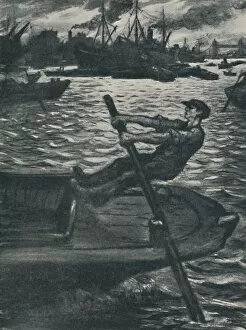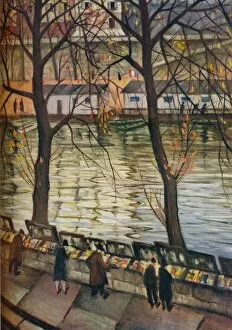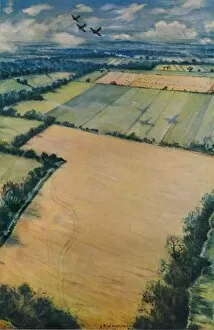Christopher Richard Wynne Collection
Christopher Richard Wynne Nevinson, known as CRW Nevinson
For sale as Licensed Images
Choose your image, Select your licence and Download the media
Christopher Richard Wynne Nevinson, known as CRW Nevinson, was a prominent British artist and printmaker who made significant contributions to the art world in the early 20th century. His diverse body of work showcases his talent for capturing various subjects and scenes with great skill and creativity. In "A Studio in Montparnasse, " created around 1926, Nevinson provides us with a glimpse into the artistic hub of Paris during that time. The painting exudes an atmosphere of creativity and camaraderie among fellow artists. "Wet Evening, Oxford Street" from 1919 portrays the bustling streets of London under rainy skies. Nevinson's use of bold lines and contrasting colors adds dynamism to this urban scene. "Lorry-Jumpers, " also from 1919, captures the energy and excitement surrounding modern technology at that time. The painting depicts workers leaping onto moving lorries, symbolizing progress and industrialization. Nevinson's "Column on the March" (1915) is a powerful depiction of soldiers marching towards war during World War I. This artwork reflects his experiences as an official war artist during this tumultuous period in history. Another notable piece by Nevinson is "La Patrie" (1916), which portrays a wounded soldier being carried away from battle. This emotionally charged artwork highlights the human cost of war while showcasing Nevinson's technical prowess. "The Railway Strike - Meeting on Tower Hill" (1919-1920) offers insight into social issues prevalent at that time. Through this painting, Nevinson explores themes such as labor rights and collective action against injustice. Nevinson's versatility is evident in works like "The Bargee" (1920), where he shifts focus to depict everyday life along canals. This piece showcases his ability to capture both grand historical events and intimate moments within society.

